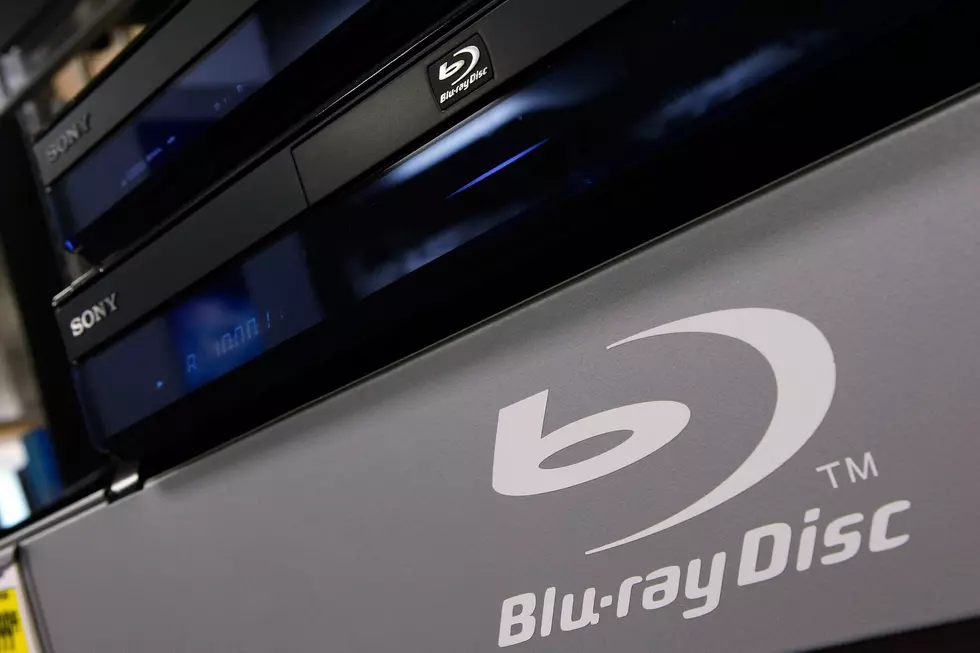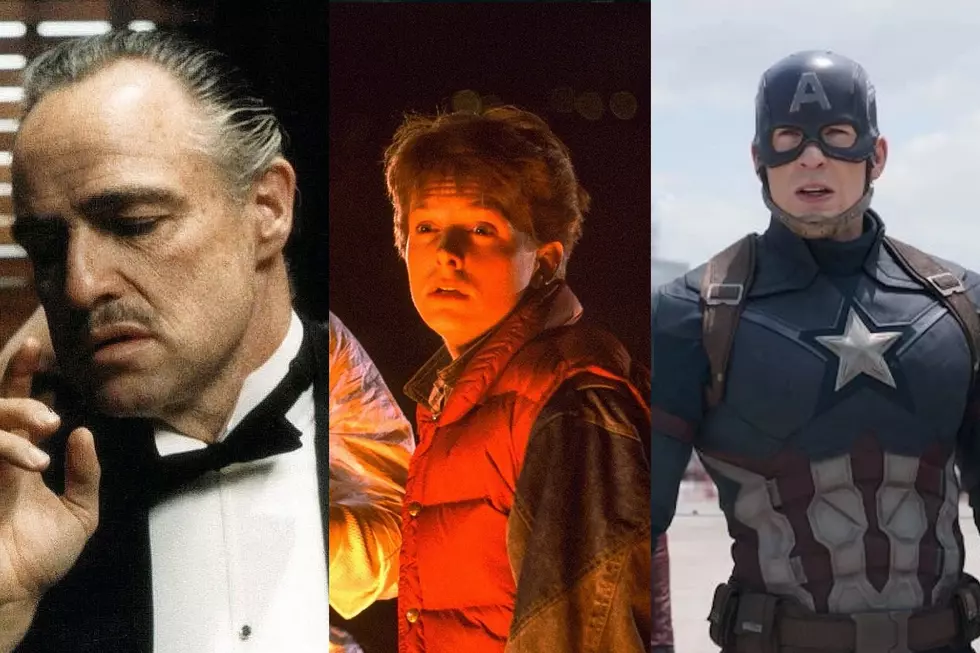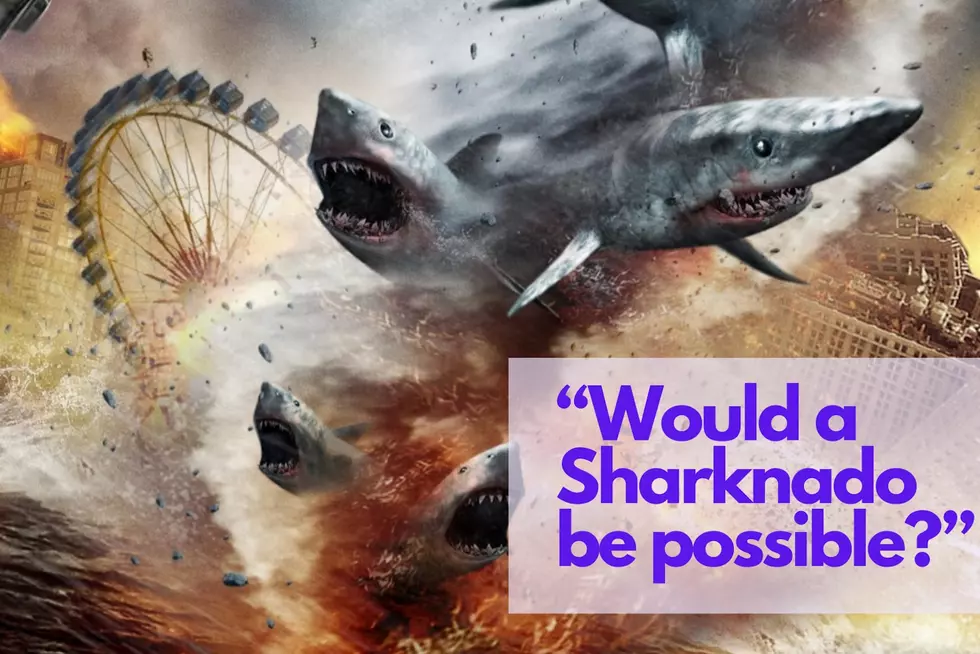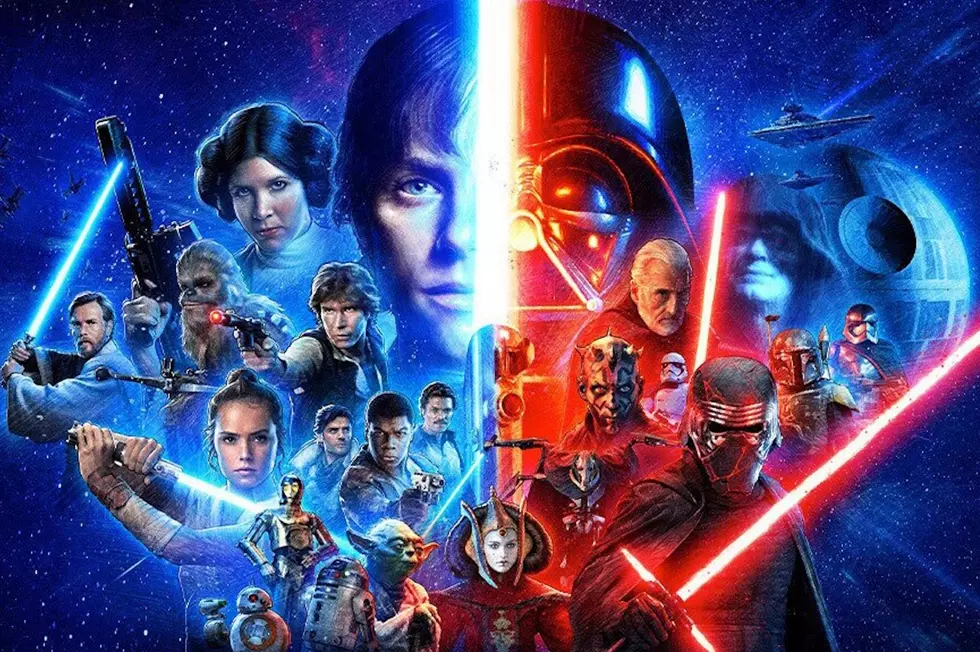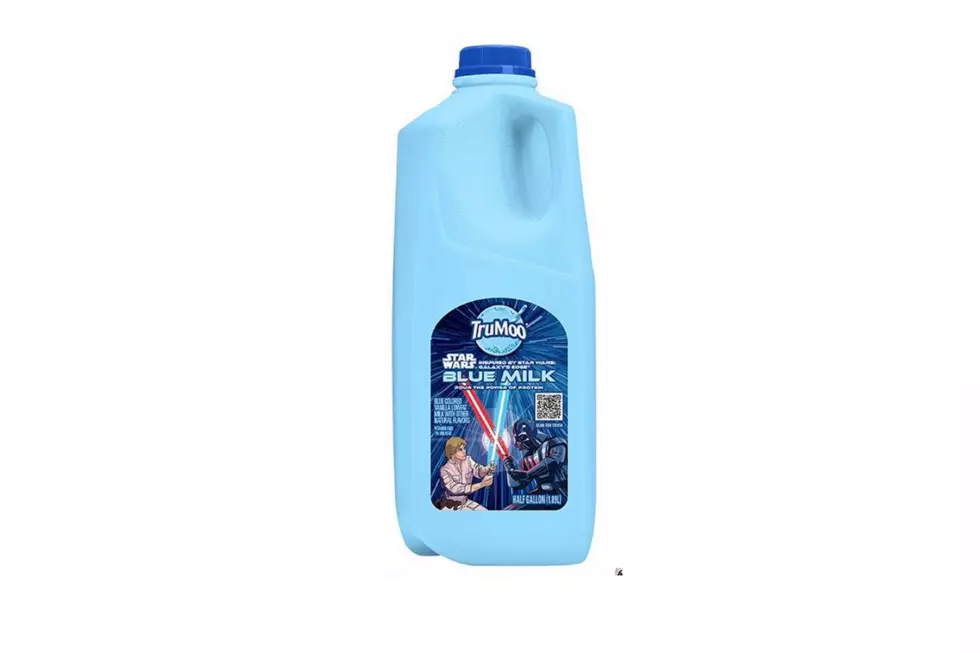
Who Shot First? Remembering the Most Infamous ‘Star Wars’ Special Edition Change 20 Years Later
A remarkable thing happened in movie theaters in the winter and spring of 1997. For six out of seven straight weekends, the top slot at the domestic box office was held by an old movie.
Those movies were Star Wars and its sequels, The Empire Strikes Back and Return of the Jedi. Released 20 years ago today, on January 31, 1997, and timed to celebrate the 20th anniversary of the film’s original release in 1977, the “Special Edition” of Star Wars, digitally restored with enhanced sound and new digital effects, became the eighth-highest-grossing movie of the year. It earned more money in U.S. theaters than the latest James Bond and Batman sequels.
Amongst the public, the reaction was effusive. The film’s huge opening weekend grosses helped fuel anticipation for the Star Wars prequels, which began arriving in theaters two years later. I vividly remember going to see the Star Wars Special Edition on opening night with three close friends; we actually had to go to a second multiplex after the first was completely sold out. As a child who grew up primarily watching Star Wars on VHS tapes (and often poorly dubbed ones at that), the experience of watching the film on the big screen, with perfect image and sound, was practically euphoric.
Amongst some hardcore Star Wars fans, though, the reaction was more mixed. Even before the Special Editions were released, certain high-profile changes to the films became a source of frustration and controversy. Here’s a typical reaction, posted to an Internet newsgroup on January 20, 1997, about 10 days before the Star Wars Special Edition made its way into theaters. The author of the review excerpted below saw the film at a “special advanced screening” and had very positive things to say about the new print and audio, but he was less enamored with some of the more specific changes to plot points and characters. Even before the movie was officially released in theaters, the backlash against the scene that would come to define the Special Editions as a whole, dubbed by this author as “the BIG mistake,” had begun:
The Greedo scene now ending with Greedo shooting at Han first is, simply, crap. Greedo fires first, from a distance of a couple of feet and misses by a mile, hitting the wall behind. Solo fires in retaliation. It just looks plain wrong, stupid and it was better the first time round. Why Lucas ever thought to change it is beyond me. I’m just glad I still have the original scene at home on video!
Those comments refer to the scene below, where starship pilot and smuggler Han Solo (Harrison Ford) narrowly escapes capture or possible death at the hands of a bounty hunter named Greedo by shooting him before he can fire his own weapon. At least that’s how it went in the original version of the scene.
In the Star Wars Special Edition, director George Lucas altered the scene so that Greedo very clearly shoots at Han, missing his head at point blank range. Han then returns fire and kills him.
Lucas wasn’t done tinkering with the scene. On the Star Wars Blu-ray, Greedo and Han fire at almost the exact same time (although Greedo still fires first by a millisecond or two).
Lucas made many changes to the Star Wars movies for the Special Editions (and then again for each subsequent release on various home video platforms) but it’s this change, of less than a handful of shots, that became a flashpoint. That flashpoint eventually yielded its own shorthand — “Han Shot First” — even if that shorthand wasn’t entirely accurate. (In the 1977 version of the scene Han didn’t shoot first, he was the only person to shoot.) The phrase “Han Shot First” took on a life of its own. It not only has its own Wookiepedia page, it has its own Wikipedia page. It was discussed at length in documentaries, and showed up on T-shirts, including one that, in a surreal twist, George Lucas was seen sporting on several occasions. But where did it begin?
Although the pop culture universe looked very different 20 years ago than it does today, one constant between then and now remains: People love Star Wars and they love getting excited about Star Wars. In the months leading up to the Special Editions, print publications and online message boards eagerly gobbled up every last morsel of information about the re-releases. Star Wars creator George Lucas and his team at Lucasfilm helped fuel speculation with the releases of things like Star Wars: Making Magic, an interactive CD-ROM (this would be one of those things about the pop culture universe that’s changed in the last 20 years) that featured glimpses behind the scenes of the making of the Special Editions. On the CD-ROM, Lucas talked about each of the changes he and his team made to the old Star Wars. With very little fanfare, here is how Lucas first described the evolution of the Han and Greedo standoff in 1996:
Well, the change in the Greedo scene: It’s always been a little difficult exactly how Han shoots Greedo, and what Greedo does to provoke that. And obviously, the situation was that Greedo is going to shoot Han and Han draws him and kills him. But in the film, it sort of appeared that Han shot him without Greedo knowing what was going on, and that has always bothered me. So we added a new shot — a wider shot — where you an see Greedo fire his gun and have it ricochet off the wall. And then Han shoots him. So it doesn’t look like Han killed him in cold blood. We did have some difficulty in the timing of the laser so it looks believable that Greedo could have fired the gun and then Han would have fired shortly thereafter but still have it be far enough apart to read for an audience to see — that there are two separate gun shots going on.
In 2004, Lucas called his re-edit “a correction,” and referred to the Special Editions as “the films I wanted to make.” In 2012, he said that the original version of the scene was “confusing,” and that while it may have appeared that Han was a “cold-blooded killer” in that context, “he actually isn’t.” In 2015, Lucas offered additional rationale for the infamous decision. “I was thinking mythologically,” he told The Washington Post. “Should he be a cowboy, should he be John Wayne? And I said, ‘Yeah, he should be John Wayne.’ And when you’re John Wayne, you don’t shoot people [first] — you let them have the first shot.”
I’m not going to pretend I’m a John Wayne scholar, but that honestly doesn’t sound like the Wayne from the films of his I’ve seen. Would the prototypical John Wayne hero shoot someone in the back? Absolutely not. But Han doesn’t shoot Greedo in the back, he shoots him face-to-face, after Greedo pulls a blaster on him and threatens his life. Even if we expand “John Wayne” to “cowboy,” and we think about the sort of duels or shootouts that appear in so many westerns, you would be hard-pressed to think of many examples where the hero lets the villain shoot first and then reacts. The more common structure is a simultaneous draw, where speed and skill determine the winner; a “fair” fight, not a turn-based one.
But let’s take Lucas at his word. Whatever the motivation, the Han Solo he conceived would not have shot Greedo first. The Han Solo that appeared in 1977’s Star Wars, however, did shoot Greedo before Greedo shot him, or at least that’s how it appeared to millions of viewers for 20 years (and in the original screenplay, as best I can tell). Both sides of this debate, then, have the same basic argument: Han Solo, a fictional character, wouldn’t do what he appears to do onscreen. They just disagree about which behavior is questionable.
That’s what makes “Han Shot First” one of the most fascinating pop cultural phenomenons of the late 20th and early 21st centuries. It seemed to become the test case for many subsequent battles over who should control a work of art — its creator or its audience. It’s ultimately not even about Han Solo. It’s about authorship.
For a case study of this idea from a slightly different angle, consider this question: How do you pronounce the name “Han Solo”? Lucas always calls him “Han Solo” (rhymes with pan). Meanwhile, the rest of the world, including the characters in the movies (up to and including Han Solo himself), call him “Hahn-Solo” (rhymes with gone). So who’s right? The guy who actually created the character or everyone else?
That’s “Han Shot First” in a nutshell. Lucas and many fans see Han Solo (and, more broadly, Star Wars in general) in a fundamentally different way. In the two decades since the Special Editions, that disconnect has only gotten more pronounced, as fans objected to one element of the Star Wars prequels after another, from Midi-chlorians to Hayden Christensen’s performance as Darth Vader to Jar Jar Binks, just to name a few examples. And as camera equipment and editing software became more accessible, they refashioned the movies to fit their conception of them; in video essays, fan films, and videos that recut Han and Greedo’s firefight into a more agreeable version.
For much of the past 20 years, this friction exacerbated one of the most complicated relationships in all of fandom, between Lucas and the fans who often seemed to hate him, despite the fact that the object of their obsession would not exist without him. Then, in 2012, Lucas sold his company and the rights to Star Wars to the Walt Disney Company, passing the reigns to his most beloved concept to a new generation of filmmakers — most of whom are lifelong fans themselves. They’re not the same fans writing endless harangues about how George Lucas destroyed their childhoods, but they might not have agreed with every choice he made over the years either. Now they are the ones who are largely calling the shots.
Case in point: That Star Wars Special Edition review from the beginning of this piece, in which the writer wondered why Lucas even changed the Han and Greedo altercation in the first place, and expressed relief that they still had a copy of the original scene on video. The author of that review was actually Gary Whitta, who, almost 20 years later, would go on to become one of the co-writers of Rogue One: A Star Wars Story. Rogue One didn’t necessarily undo anything in Star Wars, but it did add some new retroactive continuity to the film (such as revealing that the one weakness in the Death Star was actually put there deliberately by the man who designed it in the hopes that the Rebels would exploit it). Retconning certain elements of the original text isn’t wildly different in concept than what Lucas did with the Special Editions.
It will be interesting to see what the kids watching Rogue One and The Force Awakens today make of these movies and their additions to the Star Wars mythos, and whether, in another 20 years, they choose to accept or discard them when it becomes their turn to make the next adventure in a galaxy far, far away. Han may not have shot first, depending on who’s telling the story. But it’s inarguable that George Lucas did.
More From ScreenCrush
![Harrison Ford’s Spectacular $20 Million California Estate For Sale — See Inside! [Pictures]](http://townsquare.media/site/204/files/2024/04/attachment-harrison-ford-house-for-sale-pictures.jpg?w=980&q=75)
